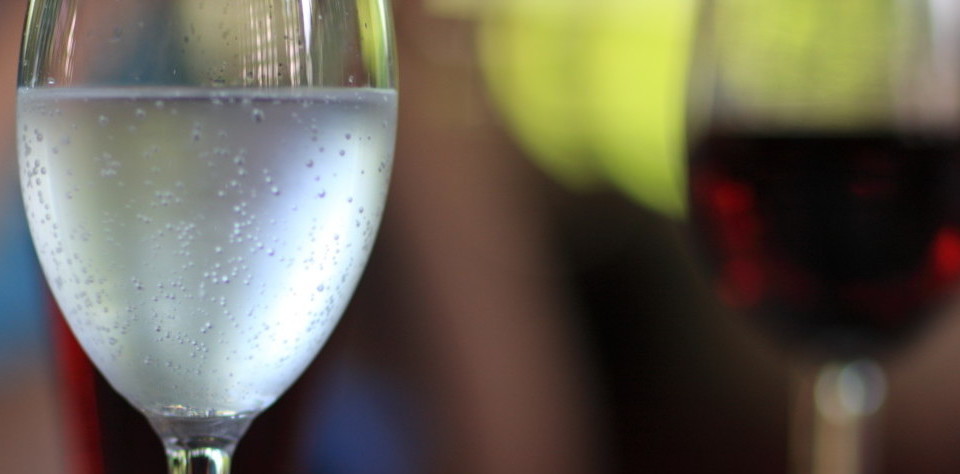In the first article we outlined the first recommendations of the water sommelier as to how mineral water is correctly served. This article will offer information on pairing still or sparkling mineral water with food.
Pairing of tastes
One of the best ways to pair water with food is having several types of water during the meal. Pairing the type of water with each course or time of the meal will be subtle and refined, the difference adding more pleasure to each bite.
For a five-course meal, the alternation is the following:
- Starter: Sparkling mineral water, with big bold bubbles
- Salad: Effervescent – a nice contrast with the first attempt
- First course (for example, seafood): Still – you will notice the absence of bubbles in the water and you will focus on the taste.
- Second course (for example – chicken): Effervescent, slightly sparkling. Reintroducing bubbles and pairing with the course texture
- Main course (red meat, filling): Light or classic sparkling, helps with the digestion of the main course
- Dessert: Still or light sparkling
When serving water it is important to keep in mind the complementarity and the contrast.
Sometimes, the contrast enriches the food texture or taste. For example, the shell texture pairs well with still water, but the bubbles of light sparkling water could bring additional sensations. The same rule also applies to other types of food such as seafood, sushi or fish.
The 75% rule: Up to 75%, the gustatory sensation should match the water mineralisation or carbonation: the gustatory sensation given by water should be as strong as that of the dish. Too strong, too bold bubbles could hide the taste of food, and the still water could not contrast well enough with crispy dishes that would go better with the sparkling water.
The 20% rule: The dominant ingredients in a dish may ”require” different levels of minerals. Low TDS waters give a light and fresh sensation, but high TDS waters give fullness to the water. High levels of salt, bicarbonate or, on the contrary, their absence can change the taste and perception of the water taste. For example, cheese pairs well with water rich in bicarbonate, and the desserts with low-calcium and low-magnesium but silicon-rich waters which gives them the delicacy that suits desserts so well.
The 5% rule: In the end, a fine pairing is that of alkalinity and acidity. A neutral PH goes well with any type of food. Slightly alkaline water can give a sweetish taste, and a high alkalinity can even give a bitter or unpleasant taste. Acid water requires balance in fatty foods and vice versa.
Taguri: aqua carpatica fine waters mineral water water


Niciun comentariu